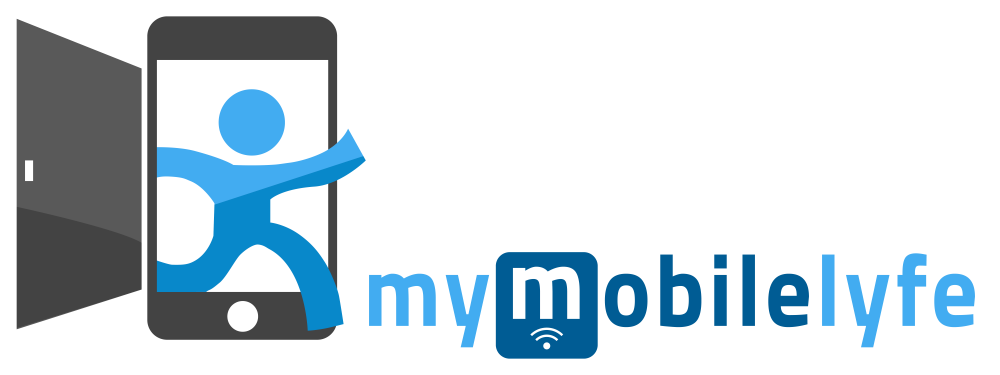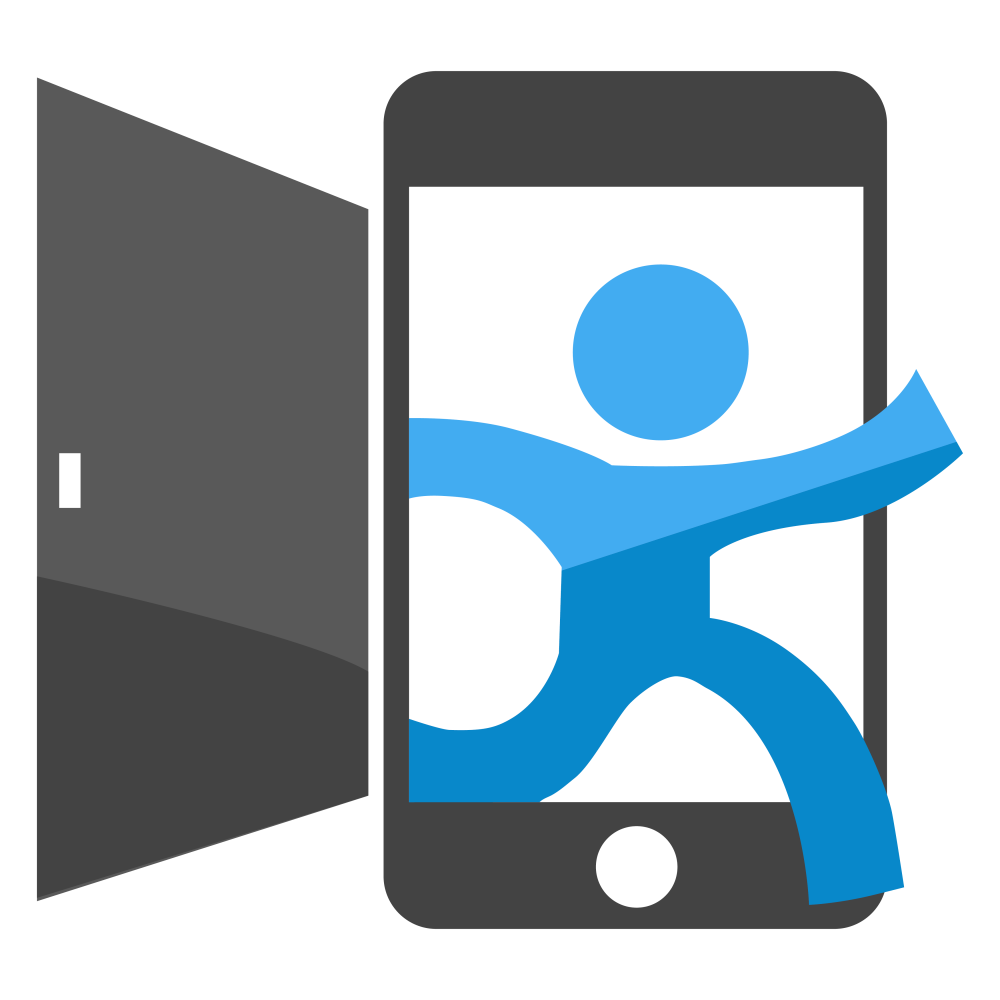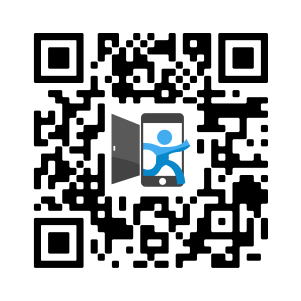Longer can sometimes be better when it comes to writing digital content, unless the content is for a mobile device.
 When it comes to content that appears on the smartphone or tablet, there are differences of opinion as to the ideal written length. A blog post of, say, 1,500 words may be okay to leisurely digest on a laptop, or even on an iPad, but is less than optimal for a smartphone.
When it comes to content that appears on the smartphone or tablet, there are differences of opinion as to the ideal written length. A blog post of, say, 1,500 words may be okay to leisurely digest on a laptop, or even on an iPad, but is less than optimal for a smartphone.
Producing quality marketing content takes time and effort, not to mention the right keywords.
These general tips can help in writing more effective content for the small screen:
- Headlines are the first words someone sees. Make them strong and eye-catching to draw interest to the content.
- Be concise. Pare down the word count as much as possible.
- Write for your audience. Jargon is dull, whether for a corporate CEO or someone who comes across the content while surfing the Web. Don’t dumb down the content, but keep it interesting and lively, without superfluous text.
- Make it easy to scan. Mobile device users with other tasks on their minds are likely to give the article a quick read before deciding if it is worth their time. Short sentences make the scanning easy.
Writing for the mobile device can be a challenge, but one that can be met. Effective written content is an easy way to give your corporate brand a digital boost.







Recent Comments